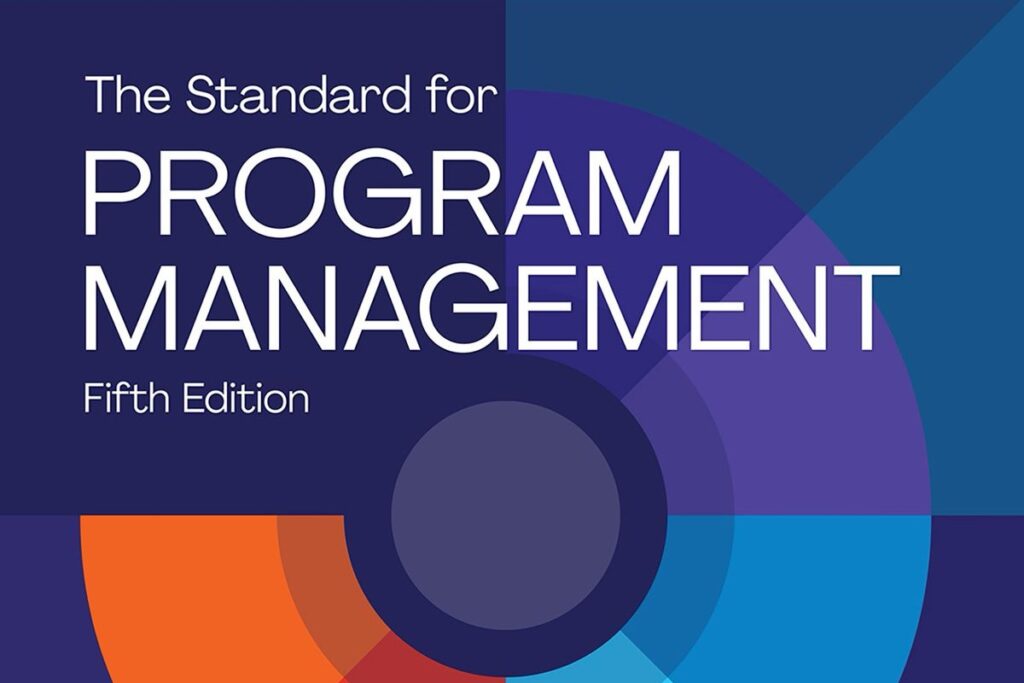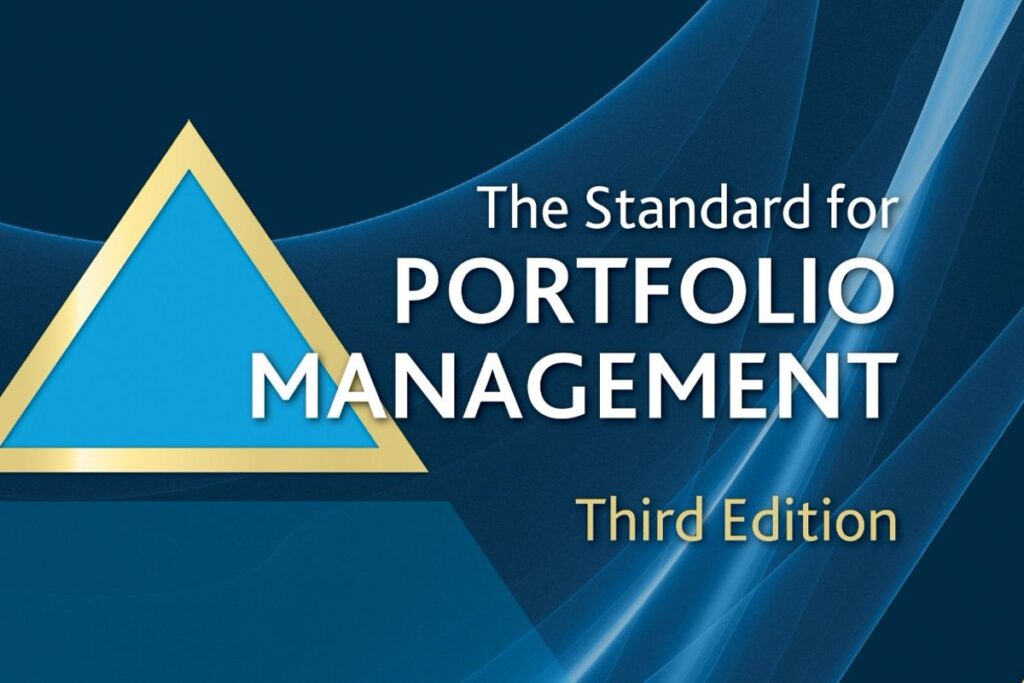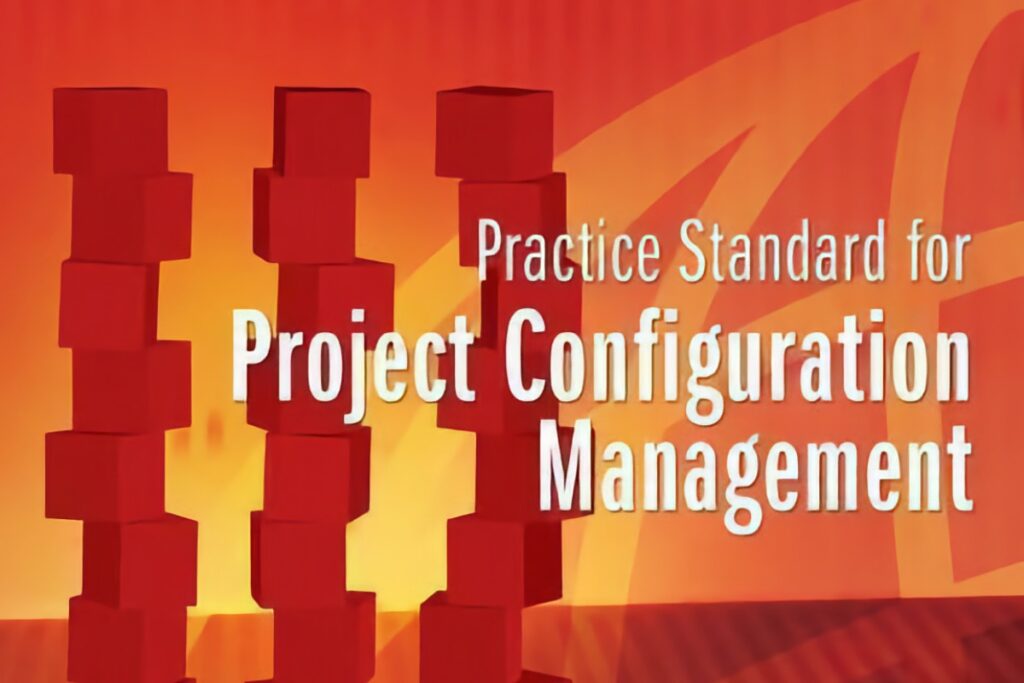In a world where strategic transformation increasingly depends on complex, multi-project initiatives, the ability to manage interconnected efforts through program management has become essential. The Project Management Institute (PMI) responds to this need with The Standard for Program Management – Fifth Edition, offering a practical, principle-driven guide for delivering business value through coordinated project outcomes.
Released as PMI’s most up-to-date framework for program managers, this edition refines its focus on outcomes, benefits realization, stakeholder alignment, and adaptive governance—all critical for leaders navigating long-term, high-stakes programs.
What Is the Standard for Program Management?
Unlike project management, which centers on deliverables, or portfolio management, which aligns investment with strategy, program management is about realizing benefits through coordinated delivery of related projects, subprograms, and non-project activities. The standard defines a program as “a group of related projects and program activities managed in a coordinated manner to obtain benefits not available from managing them individually.”
The Fifth Edition embraces principle-based guidance over rigid process prescriptions, allowing for flexibility in governance, life cycle models, and delivery methodologies—whether predictive, agile, or hybrid.
What’s New in the Fifth Edition
Compared to the Fourth Edition, PMI’s Fifth Edition introduces:
- A principle-based structure over previous process-based models.
- Greater integration with benefits realization frameworks.
- Alignment with PMI’s value delivery system as seen in PMBOK® Seventh Edition.
- Recognition of adaptive delivery models within programs, not just projects.
- Expanded focus on program design and architecture as a discipline.
The shift in this edition reflects PMI’s broader movement from mechanical execution toward value- and outcome-based thinking.
Core Principles of the Fifth Edition
The guide outlines principles instead of detailed process flows. These include:
- Drive Value for the Organization
- Ensure every element of the program contributes to strategic goals.
- Align Program Goals and Components with Strategy
- Maintain dynamic alignment between program objectives and organizational needs.
- Design and Manage the Program Life Cycle Flexibly
- Select the appropriate life cycle and adapt it as needed (predictive, agile, or hybrid).
- Establish a Program Governance Structure
- Define decision-making authority, escalation paths, and roles to ensure accountability.
- Engage Stakeholders Continuously
- Maintain open, adaptive communication with internal and external stakeholders.
- Lead with Empowerment and Collaboration
- Foster a leadership approach that enables decentralized decisions and high performance.
- Navigate Complexity
- Use systems thinking to manage dependencies, ambiguity, and organizational change.
- Enable Change Management and Benefits Realization
- Integrate change management strategies and plan for the long-term sustainment of benefits.
Strengths of the Fifth Edition
✅ Value-Oriented
This edition emphasizes delivering outcomes and value, not just completing projects. It ties each program activity directly to strategic purpose.
✅ Adaptable and Scalable
It supports agile, predictive, and hybrid program structures. This makes it usable across sectors—whether managing infrastructure megaprojects or agile digital transformations.
✅ Focus on Complexity and Interdependency
Program managers are equipped to manage uncertainty, inter-project conflicts, resource overlaps, and shared risks—realities often underrepresented in project-centric models.
✅ Governance and Accountability
The standard offers clear guidance on designing governance structures that can evolve alongside program maturity and business needs.
✅ Professional Leadership Approach
By embedding leadership, stakeholder management, and communication principles, the standard prepares program managers for organizational influence, not just operational control.
Limitations and Gaps
❌ Still Lacks Practical Case Examples
The document is highly conceptual, which can be a challenge for those seeking templates, real-world illustrations, or direct implementation models.
❌ Limited Coverage of Agile at Scale
Though more agile-inclusive than earlier editions, it doesn’t deeply address scaled frameworks like SAFe, LeSS, or Disciplined Agile.
❌ Steep Learning Curve for Newcomers
The abstract nature of the principles may be hard to apply for those without strong organizational or strategic experience.
Ideal Use Cases
The Fifth Edition is best suited for:
- Government and enterprise program leaders managing long-term strategic initiatives.
- Digital transformation programs requiring multiple agile teams with shared objectives.
- PMOs evolving into value delivery offices with oversight beyond project metrics.
- Program sponsors who need clarity on how to structure governance and funding.
It is less relevant for:
- Single-project initiatives or teams operating within one department.
- Small organizations without the complexity that requires formal program structures.
Comparison: Fourth Edition vs. Fifth Edition
| Feature | Fourth Edition | Fifth Edition |
|---|---|---|
| Structure | Process-based | Principle-based |
| Agile Integration | Limited | Acknowledges hybrid/agile delivery |
| Strategic Focus | Benefits planning | Value delivery across life cycle |
| Governance Guidance | Strong | Stronger, with flexibility emphasis |
| Benefits Realization | Planning and tracking | Realization and sustainment integrated |
| Complexity Thinking | Minimal | Embedded as a principle |
Final Thoughts
The PMI Standard for Program Management – Fifth Edition is a forward-looking guide for managing complexity, aligning strategic intent with operational execution, and realizing long-term value. It reflects the maturing role of program managers as organizational leaders and change agents, not just coordinators of multiple projects.
For experienced professionals managing strategic portfolios, this edition offers clarity, structure, and principles for navigating uncertain, evolving landscapes. It’s not a how-to manual—but it provides a high-level compass for driving success across multiple, interdependent efforts.
If PMBOK 7 teaches us how to think in principles, the Program Management Standard shows us how to lead with them.




